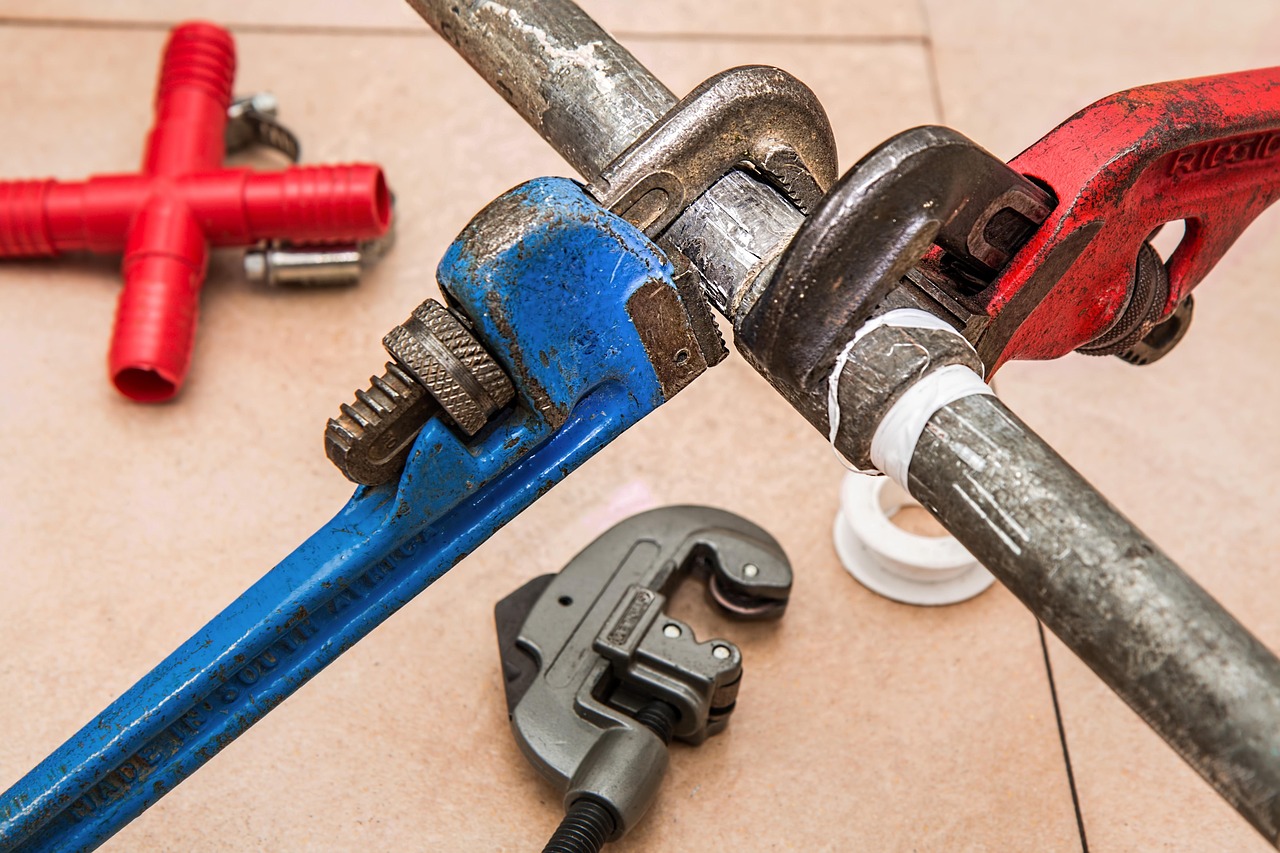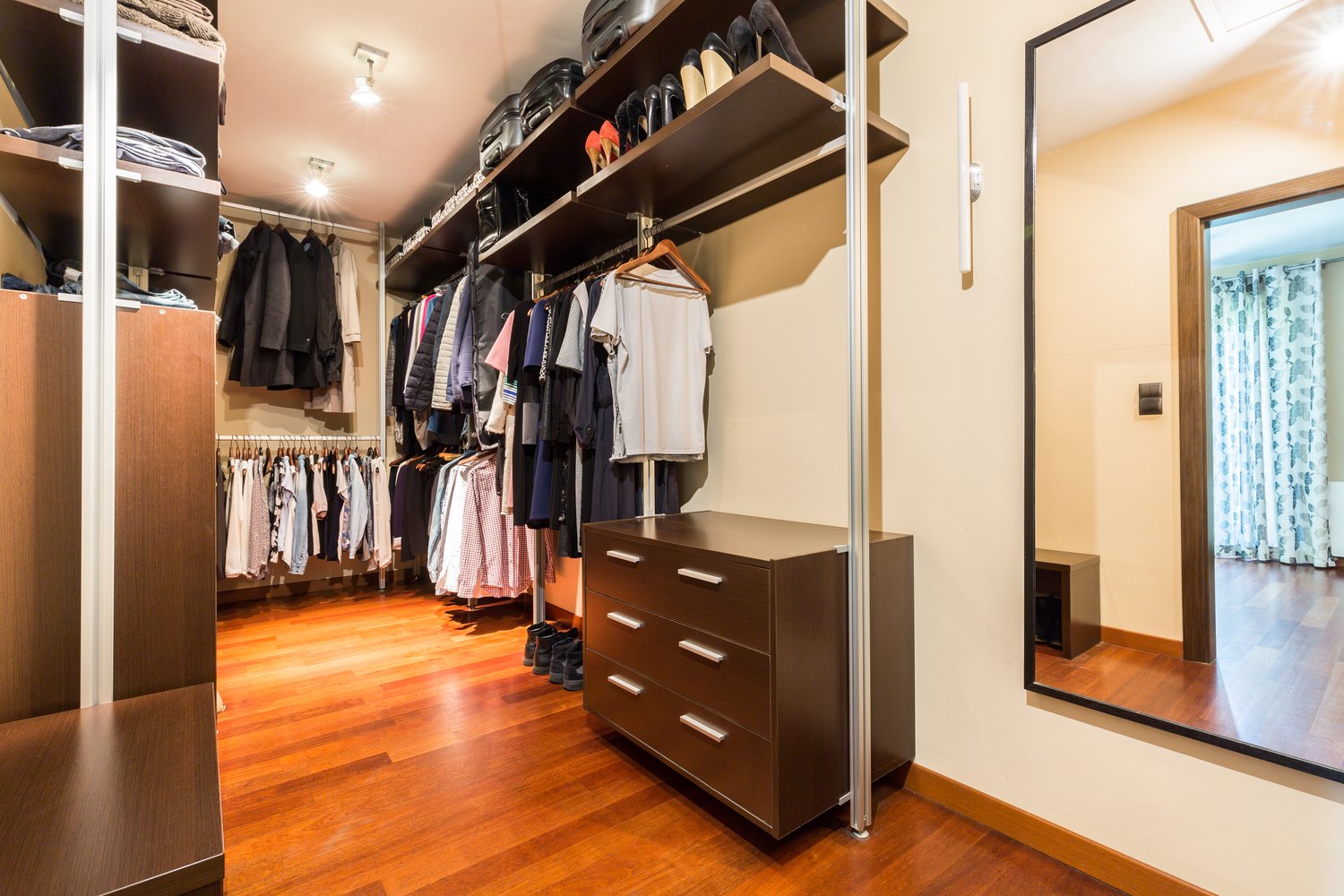The home improvement landscape is undergoing a revolutionary transformation as technology continues to evolve at an unprecedented pace. Homeowners are increasingly embracing innovative solutions that combine cutting-edge technology with sustainable practices to create living spaces that are not only aesthetically pleasing but also environmentally responsible and intelligent. This article explores how emerging technologies like AI design tools, sustainable building practices, and integrated smart home systems are reshaping the future of home renovations, and how these advancements are becoming more accessible to the average homeowner.
The Rise of AI in Home Design
Artificial intelligence is revolutionizing the way we approach home design and renovation planning. AI in home design is no longer a futuristic concept but a practical tool that homeowners and professionals are using today. These intelligent systems can analyze spaces, suggest optimal layouts, and even create photorealistic renderings of potential renovations before a single nail is hammered.
The power of AI extends beyond simple visualization. Advanced algorithms can now recommend materials based on durability, cost, and environmental impact, helping homeowners make informed decisions. They can also predict maintenance needs and calculate the long-term value of improvements, transforming the planning process from guesswork to data-driven decision making.
Perhaps most impressively, AI design tools are becoming increasingly accessible to the average homeowner. Platforms like AskHomey are integrating these capabilities into user-friendly interfaces that don’t require technical expertise, democratizing access to sophisticated design technology that was once available only to professionals.
Sustainable Renovation: The New Standard
Sustainability has evolved from a niche interest to a central consideration in home improvement. Future home improvement trends strongly indicate that eco-friendly renovations will become the standard rather than the exception. This shift is driven by both environmental consciousness and practical economic considerations.
Sustainable renovation practices encompass everything from material selection to energy systems. Reclaimed wood, recycled metal, and other repurposed materials are gaining popularity not just for their environmental benefits but also for their unique aesthetic appeal. Energy-efficient appliances, solar panel integration, and advanced insulation techniques are becoming standard features rather than luxury upgrades.
Water conservation systems represent another frontier in sustainable home improvement. Greywater recycling, rainwater harvesting, and smart irrigation are increasingly incorporated into renovation projects. These systems not only reduce water bills but also minimize environmental impact.
The market is responding to this shift with an expanding range of sustainable products and services. Certification programs like LEED for Homes and Energy Star are providing frameworks for homeowners to measure and validate the environmental performance of their renovations, adding tangible value to these improvements.
The Evolution of Smart Home Integration
Smart home technology has evolved dramatically from its early days of novelty gadgets to comprehensive systems that fundamentally change how we interact with our living spaces. The smart home integration future we’re entering takes connectivity to new levels, with systems that learn, adapt, and anticipate homeowners’ needs.
Modern smart homes feature seamless integration between previously disparate systems. Climate control, lighting, security, entertainment, and even appliances now communicate through unified platforms. This cohesion eliminates the frustration of managing multiple apps and creates homes that function as holistic ecosystems rather than collections of independent smart devices.
Voice control has become the natural interface for these integrated systems, with virtual assistants serving as the central nervous system of the smart home. These AI-powered assistants are becoming increasingly sophisticated, understanding context and preferences rather than simply responding to commands.
Perhaps most significantly, smart home technology is increasingly being built into the fundamental infrastructure of homes rather than added as an afterthought. New constructions and major renovations now commonly include dedicated wiring, centralized hubs, and strategic sensor placement designed from the architectural planning stage.
The Convergence of Technologies
The most exciting future home improvement trends emerge at the intersection of these technologies. AI-driven systems that optimize energy use based on occupancy patterns represent the convergence of artificial intelligence and sustainability. Smart materials that adapt to environmental conditions combine material science with home automation. Digital platforms that connect homeowners with sustainable material suppliers and certified contractors bridge technology with eco-friendly practices.
This convergence is creating homes that are not merely shells for living but active participants in our daily lives. They respond to weather changes, adapt to usage patterns, and even anticipate maintenance needs before problems arise. AskHomey technology and similar innovations are making these sophisticated capabilities accessible to average homeowners, not just tech enthusiasts or the wealthy.
The future of home improvement lies not just in adopting these technologies individually but in understanding how they complement each other. When sustainability principles inform AI design recommendations, and smart systems help monitor and optimize resource use, the result is a home that is greater than the sum of its technological parts.
For more tips and to connect with reliable home service professionals, follow AskHomey on Facebook and Instagram.



